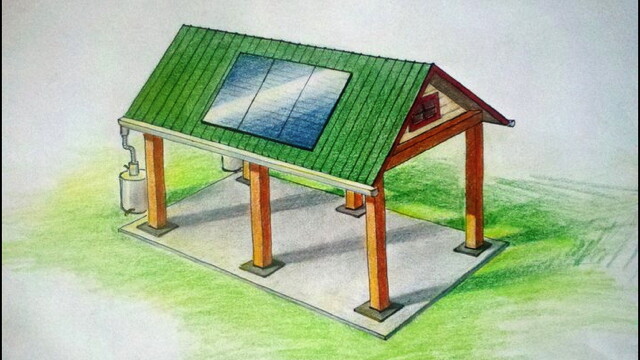Funds for the 'Hood
new grants to enhance Eau Claire neighborhoods

There’s no need to tell you about the state of the economy, budget cuts, and the state’s political hullabaloo. Suffice it to say, it’s easy for these big-picture things to add up (or maybe “pile on” is more suitable) and make individuals feel small. Feel suffocated. Like they can’t make a difference.
So it’s perfect timing for the City of Eau Claire’s brand new Neighborhood Matching Fund. The idea is to light a fire under neighborhoods and groups of community members, and make them get something done this summer – however small – that will better their block, burb, or neighborhood as a whole.
“We’re trying to stir up some interest,” said Tom Reiter, of the city’s Community Development Department. “We’re hoping people come up with some unique ideas.”
The proposal came from the city manager’s office, Reiter said, but likely originated from the comprehensive plan discussions about community needs. The city council gave it the green light, and on June 17 it officially started.
The matching fund involves three options: one for small projects (up to $1,000), another for big projects (up to $5,000), and a third that would put between 10 and 40 trees on neighborhood blocks.
It’s a “fast-track program” that takes a matter of weeks to be processed, reviewed, and decided upon. The trees program has an Aug. 16 deadline (so they can be planted this fall), while the others have no deadline but merely go until the funds run out. The city allotted $25,000 to the fund, and after it runs out officials would return to the council for possible renewal, Reiter said.
After just a few days of the program being active, Reiter said he’d already fielded several calls of interest and questions. Some from groups of neighbors and some from neighborhood associations, but none had filed applications by the time this story went to press.
We do, however, know of a few parties interested in the program already. The East Side Hill Neighborhood Association talked about possibly improving access to Archery Park, expanding their community garden, or getting identity signage. The Phoenix Garden folks, meanwhile, are planning to file an application for an ambitious pavilion project that involves tool storage, a social gathering space, and gathers energy through solar panels on the roof.
According to the application verbage, the projects must demonstrate the capacity to build a stronger, healthier, and more vibrant community. They do so if they have benefit to the general public, show self-initiation, and match the financial investment. The city would like to see projects that fall under categories of race/social justice, climate change, youth initiation, neighborhood planning/design/organization/events, physical improvements, or school partnership.
Applicants to the small fund should be community groups (formal or informal) with annual budgets less than $25,000, while large fund applicants can also include business groups and trees can merely be a group of five neighbors on a block. No one person, business, church, agency, political group, school, or hospital can apply by themselves.




















